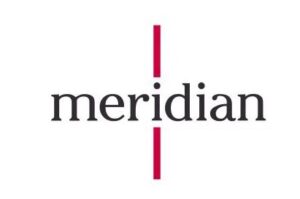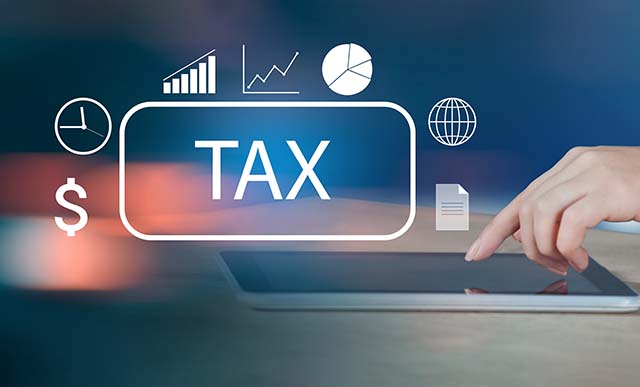Case Study: A Business Case for Indirect Tax Automation with Goodyear
The indirect tax environment had seen a huge increase in digital obligations and real-time reporting, where data needs to be correct from the beginning with little option to make changes later. This creates additional exposure to authority requirements, and therefore mitigation of the tax and compliance risk is critical.
Improving the efficiency and accuracy in both transactional processing and reporting by automation will be high on the agenda for many companies.
These developments are resulting in a change in the skillset needed for tax resources. Technology is becoming key, so future tax roles will require a combination of tax and technology expertise. With Automation, tax departments will spend less time on routine tasks, which should allow them to focus on planning and key decision-making.
Explore related questions
Need to Automate VAT determination
- Accounts receivable
- Documentation needed for process and compliance requirements.
- Maintenance of master data—correct VAT registration numbers
- Classification of goods and services
- Accounts payable
- Currently little automation of the accounts payable environment
- Improve data quality and reduce time spent processing invoices
Over time, increases in effectiveness and efficiency from automation will free up more resources for decision support, and will reduce manual reporting and transaction processing.






